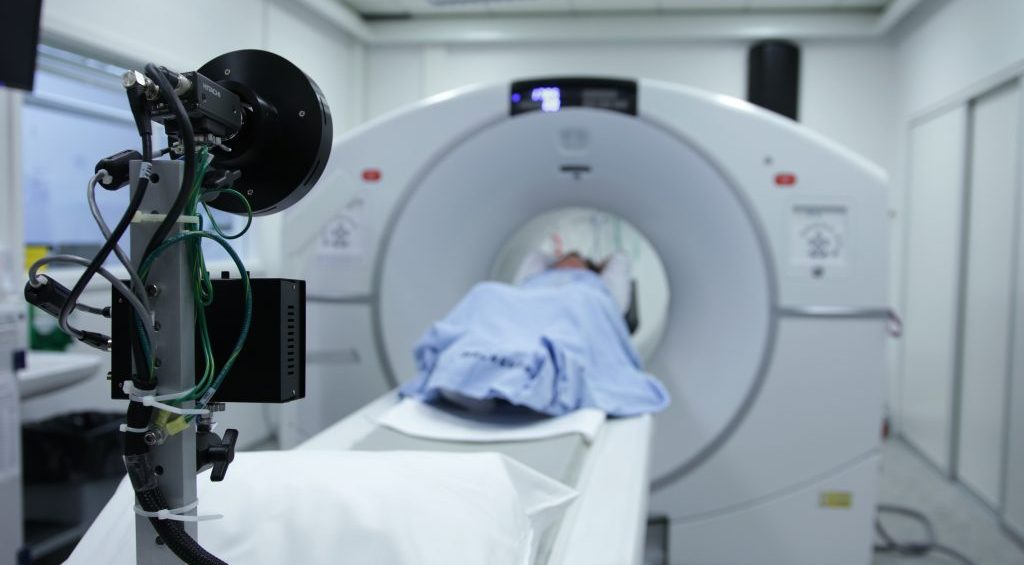Lung nodules are often found incidentally after people have undergone an imaging scan such as a CT, X-ray, MRI, or PET scan. Most lung nodules turn out to be non-cancerous (benign), only about 5% may be cancerous (malignant).
Diagnosis of lung nodules
Most nodules are found during imaging tests for other unrelated purposes.
Once detected, lung nodules should be analyzed. The analysis includes features such as type, shape, size, density, location, and growth rate. These features are important for diagnosing the nodules.
A smaller, regular solid nodule is usually safer than a bigger, irregular subsolid (non-solid and part solid) nodule. A non-solid also called pure ground-glass nodule (pGGN) is safer than a part solid, or mixed ground-glass nodule (mGGN).
Doctors also consider some “risk factors” when diagnosing a lung nodule. The high-risk factors include older age, history of smoking, family history of cancer, and exposure to carcinogens.
Sometimes doctors cannot make an accurate diagnosis of a lung nodule based on existing tests. They may perform further tests such as a bronchoscopy, biopsy, CECT, or PET scan.
Management and treatment of lung nodules
Generally, a small, low-risk lung nodule requires no treatment. If there is an infection in the lung, your doctor may treat you with antibiotics or antifungal drugs.
In many cases, doctors may recommend a follow-up CT scan to see if the nodule is growing over time. The interval between scans may vary from 3 to 12 months, depending on the level of risk associated with the nodule.
If a nodule is large, high-risk, or suspicious, further tests may be necessary in order to make an accurate diagnosis. These tests often include bronchoscopy, biopsy, CECT, and PET scan.
If your doctor thinks the nodule is cancerous or its risk is or is getting very high, they may recommend a series of procedures and possible surgery to remove it.
Minimally invasive thoracic surgery, thoracotomy, chemotherapy, and radiation therapy are common treatment options for lung cancer nodules. The surgeon may choose the appropriate treatment depending upon the type, stage, location of the nodule, and other factors, such as the patient’s physical condition.
As a cancerous lung nodule is most often an early or very early cancer, it is easier to cure and has a better prognosis.
